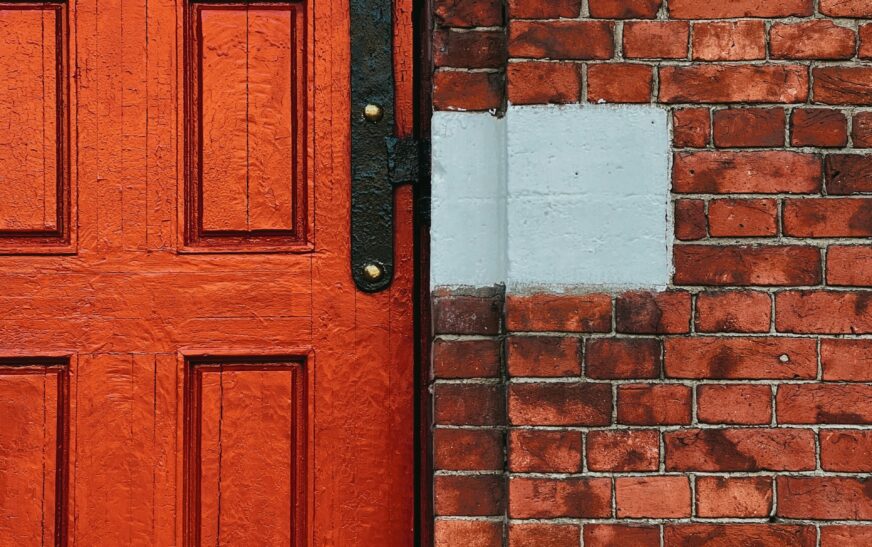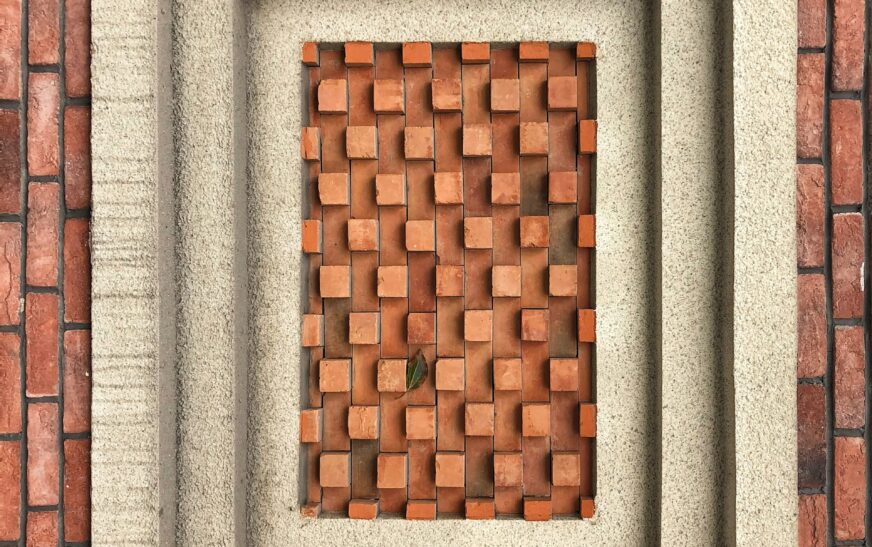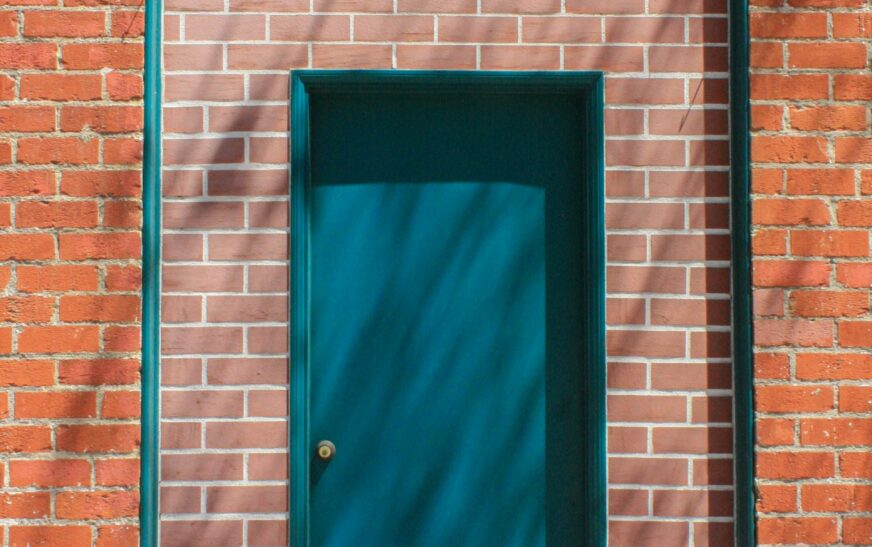If you’ve ever admired the trim around an exterior door, you might have noticed a sturdy, often decorative frame hugging the edges where the door meets the siding or brick. That frame is called brick mold—and despite the name, it’s doing far more than just looking pretty. It’s a small but mighty piece of your home’s architecture, blending style, protection, and structural support.
Let’s break it down.
What Exactly Is Brick Mold?
Brick mold (sometimes spelled brickmould) is a type of exterior trim installed around doors and windows. Think of it as the middleman between your door frame and the siding, masonry, or brick veneer.
While some might assume it’s purely decorative, brick mold actually:
- Forms a seal against water and weather
- Strengthens the door frame
- Adds architectural detail for a polished look
In short, it’s trim with brains and brawn.
Why Brick Mold Matters
You might be tempted to skip it or just slap on some caulk—but here’s why brick mold earns its keep:
- Protects the Door Frame – It acts as a barrier against rain, snow, and moisture. Without it, water can creep into tiny gaps and cause rot, mold, or warping over time.
- Anchors the Door Securely – A properly installed brick mold reinforces the door, keeping it snug and aligned, which is especially important when fitting a pre-hung door into a masonry or siding opening.
- Boosts Visual Appeal – A clean frame adds definition, depth, and balance, making even a simple door look intentional and polished.
Materials: Choosing the Right Brick Mold
Brick mold comes in a variety of materials, each with its own perks:
- Wood – Classic and warm, easy to paint or stain, but vulnerable to rot, insects, and moisture if not maintained.
- PVC or Vinyl – Low-maintenance, rot-resistant, and ideal for rainy or extreme climates. Some styles mimic wood grain beautifully.
- Composite – A blend of wood fibers and synthetic materials; looks like wood but is tougher against cracking, swelling, or pests.
- Aluminum – Sleek and extremely weather-resistant; common in commercial buildings but less decorative.
Common Sizes and Profiles
Most brick mold trim ranges from 1¼” to 2” wide. The classic profile features a slightly rounded edge to direct water away from the door, but you can also find fluted, flat, or ornamental styles to match colonial, modern, or transitional aesthetics.
Installing Brick Mold
Installation might sound straightforward, but precision is key:
- Prep the Frame – Ensure the door is level and plumb using shims.
- Attach the Mold – Cut to size, miter the corners, and nail or screw into the door frame.
- Seal and Caulk – Prevent water intrusion by sealing all edges.
- Paint or Finish – Protect wood or paintable materials while matching your home’s style.
Poor installation can lead to leaks, drafts, or misaligned doors—fixing those issues later is way more expensive than doing it right the first time.
When Brick Mold Isn’t Used
Not every door has brick mold. Flush mount doors or doors set into concrete block walls often use flush trim or direct-set frames, especially for a modern, minimalist look. But in most traditional wood-framed homes, brick mold quietly does its job—even if no one notices it.
Can Brick Mold Be Replaced?
Absolutely. Over time, brick mold can crack, warp, or rot. The good news: you can replace it without removing the entire door. Consider swapping wood for a rot-resistant alternative like PVC and use stainless steel fasteners and compatible caulks for long-lasting results.
Read More : What Are the Dimensions of a Brick? A Comprehensive Guide to Standard Brick Sizes
DIY or Call a Pro?
Installing or replacing brick mold falls between beginner and intermediate skill levels. Cutting corners and sealing joints requires precision to avoid air leaks or misaligned trim.
If your door faces extreme weather or is highly visible, hiring a professional might be the smartest move—think of it as insurance for both function and curb appeal.
Bottom line: Brick mold might be a humble trim piece, but it’s an MVP for protecting your door, boosting energy efficiency, and giving your home that polished, intentional look. It’s trim with a purpose—and it deserves a little love.










